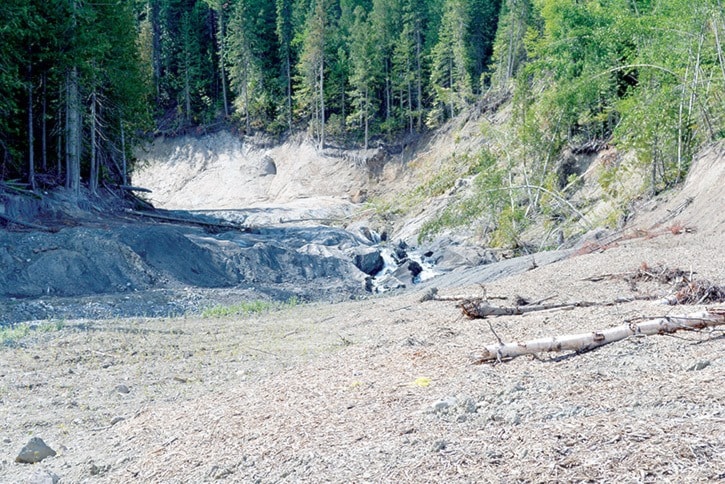Work continues to clean up the Mount Polley mine spill that dumped tons of mine tailings and water into Polley Lake, Hazeltine Creek and Quesnel Lake on Aug. 4, 2014.
As we approach the one year anniversary of the spill, it is good to see Imperial Metals is taking proactive responsibility for remediation and is working hard to put people in the region back to work as the company expects to restart the mine the first week of August. We also applaud the work being done to monitor the long-term impact of the spill on fish habitat. Quesnel Lake is the fourth largest lake in B.C. and with depths reaching more than 1,500 feet, is the fifth deepest in the world. Its 500 miles of coastline and access to pristine wilderness make it a lake worth protecting.
People living in the Likely and Quesnel Lake regions have been hit hard financially and emotionally by the disaster and would like nothing better than to see the site restored to its former natural beauty and we agree.
To that end, provincial and federal governments need to put more effort into creating checks and balances that would prevent disasters such as the Mount Polley spill and the more recent spills such as the spill in the Alberta oil fields last week that dumped 31,000 barrels of crude.
No system is going to be perfect, but that doesn’t mean we shouldn’t strive to create the best environmentally sound mining practices in the world.
Williams Lake Tribune
